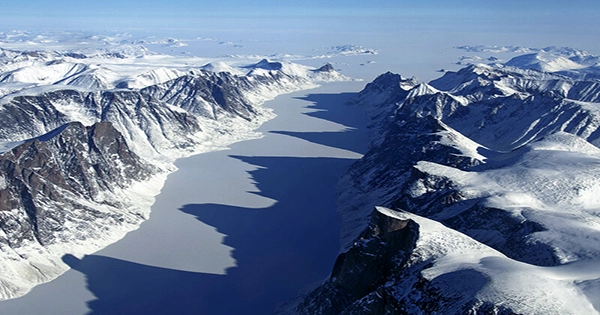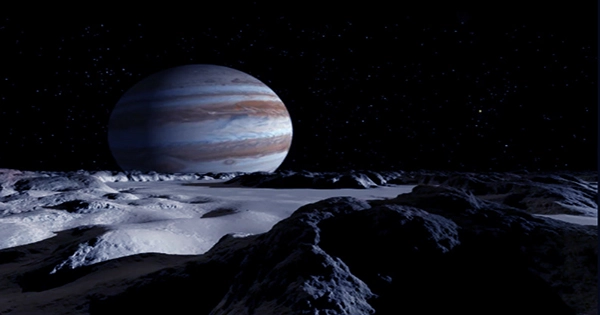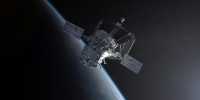A peculiar feature discovered on Greenland’s ice sheet mirrors those observed on Europa’s surface. Europa may contain pockets of water far closer to the surface than its interior ocean if the same mechanisms generated them, dramatically enhancing the odds of discovering life on Jupiter’s moon. Europa has a liquid ocean beneath its icy crust, according to the Voyager mission. The finding catapulted Europa to the top of the list of “possible alien life sites.”
However, if the ice shell is too thick – current estimates range from 20 to 30 kilometers (12 to 18 miles) – life could as well reside in a different star system, reducing our chances of discovering it. Enceladus, Saturn’s moon, may be unsuitable for life, but if it exists, it should be simpler to reach. However, according to a recent report published in Nature Communications, Europa may have water far closer to the surface.

On Europa, the Galileo spacecraft discovered a plethora of double ridges, which are pairs of thin ridgelines up to 300 meters (1,000 feet) high that may stretch for hundreds of kilometers and are divided by shallow troughs about twice as wide as the peaks are high. Explaining their origins, as the ice moon’s most prevalent feature, might be crucial to comprehending this universe, yet countless attempts have failed.
Riley Culberg, a Stanford University PhD student, and co-authors discovered a similar-looking double ridge in northwest Greenland, which is one of the closest analogues to Europa that we can examine firsthand. They took advantage of the opportunity, studying its surface elevation and exploring its inside using radar. The article explains how Greenland’s double ridge originated as surface meltwater seeped into a hole inside the ice sheet, refroze, and then reformed. Because porous ice was laying on top of more solid stuff, a hollow formed.
The newly frozen water was under great pressure from the ice above, forcing up the ridges as a result of the expansion on freezing. Culberg does not believe Europa’s twin bridges are caused by the same mechanism, and there are recognized distinctions. Because of Earth’s much higher gravity, the Greenland ridge is only around 2 meters (6.5 feet) high. Europa has no liquid surface water to drain since it is so much colder. “Similar shallow water pockets might arise on Europa,” Culberg said in a release, “perhaps due to water from the deep ocean being driven up through the ice shell through fissures.”
If this is the case, the consequences for future missions are enormous. “Shallow liquid water is geographically and temporally widespread over Europa’s ice shell,” according to the report. “It implies there’s water everywhere,” said senior author Dr. Dustin Schroeder, also of Stanford. Not only would this put Europa’s water closer to our exploration capabilities, but such near-surface water might also have a richer chemical and hence a higher possibility of supporting life than the ocean within. “It’s closer to the surface,” Schroeder added, “where you receive intriguing compounds from space, other moons, and Io’s volcanoes.”
In Greenland, the authors were not hunting for Europa analogues. Different consequences can be predicted above from a terrestrial subsurface and an internal ocean. “When we observed these little twin bridges, we were working on something completely different connected to climate change and its influence on the surface of Greenland,” Shroeder explained. A talk on Europa by members of the same lab drew their attention to the similarities. Schroeder and co-authors were able to trace the growth of Greenland’s twin ridge across three years of photos since we view Greenland regularly rather than only when satellites pass by.
“Without seeing it happen in Greenland, the technique we suggest in this work would have been almost too ambitious and hard to propose,” Schroeder said. The fact that planetary scientists have been looking for a reason for the twin ridges for 20 years and have yet to find one shows he is correct. Landings on Europa, let alone drilling, may be a long way off, but the Europa clipper, which will carry ice-penetrating radar, is scheduled to launch in 2024. Its operators now know exactly what signal to look for when determining if the Greenland mechanism explains Europa’s ridges. If that happens, the race to arrive on the Moon would intensify.
















